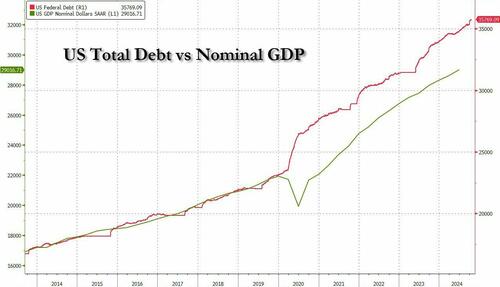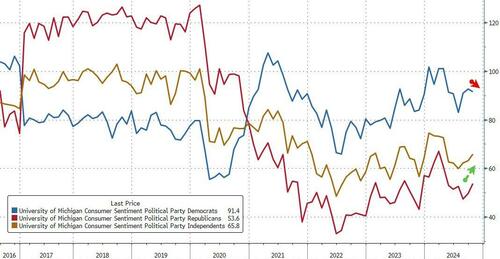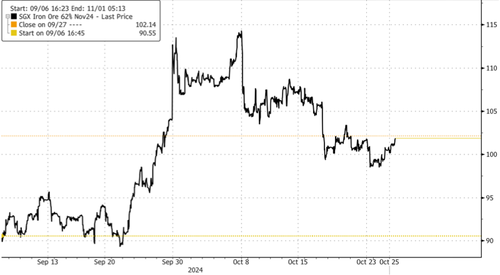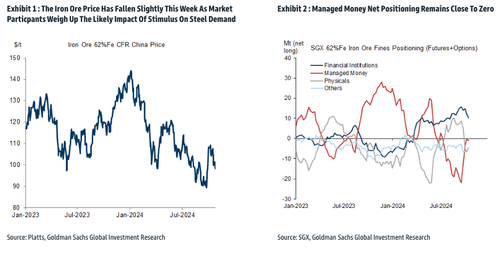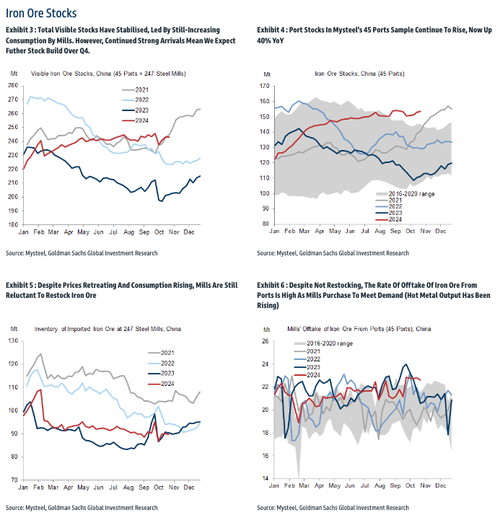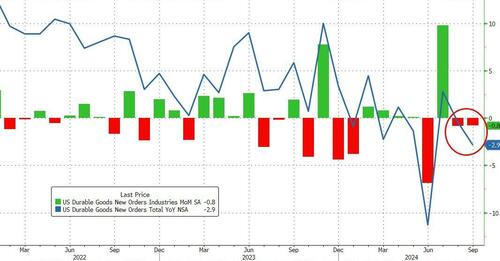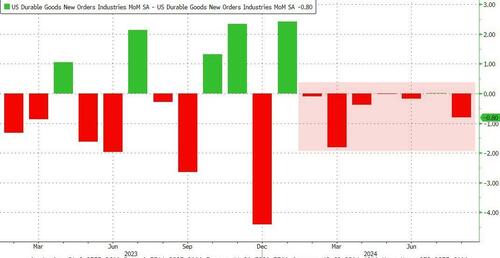Trump Breaks Silence On Whether He Would Pardon ‘Bad Boy’ Hunter Biden
Donald Trump on Thursday said he’s open to pardoning Hunter Biden if he’s reelected – a sharp 180 after railing against the “Biden crime family” for the past four years.
BILL MELUGIN: You’ve talked about wanting to unify the country if you’re elected. If you are president again, in the name of unity, would you consider pardoning Hunter Biden?
DONALD TRUMP: Well, I wouldn’t do anything that would be overt in terms of Hunter. It’s a sad situation, but I could have done that with Hillary Clinton. She was “Crooked Hillary,” and I thought, wouldn’t it be terrible to take the president of the United States and put his wife in jail? She was Secretary of State. Aside from everything else, you’re going to take the president’s wife and put her in jail? I tempered that down; you saw when they were going to “lock her up.” I went “nice and easy.” People don’t remember that.
But wouldn’t that be terrible? I found out that when I came in over nothing, I got two impeachments and I won. I’m winning all the cases. How about the case in Florida? The big case was the one in Florida; I won that case. What they’ve done is use the FBI and the Department of Injustice to go after their political opponent, and it has never been done in this country.
People ask if I’m going to do that, and the answer is no. I don’t want to do that; it’s so bad for the country. The precedent they’ve set is so bad for our country. But I could have done it with Hillary, and certainly, you could do it with Hunter or whatever, but I don’t want to do it with Hunter either. I’ll bet you the father probably pardons him; let’s see what happens. But he’s a bad boy, there’s no question about it.
I don’t want to hurt people; I really don’t. The country has to heal; it has to get better. There’s tremendous anger in this country from the stupidity that we’re watching—four years of gross incompetence, four years of stupidity, and she’s worse than he is. I believe I watched CNN last night; I watched her performance on a town hall or whatever you want to call it. She’s not even coherent, and we’ve had that for four years. We’re not going to be able to survive another four years; we’re not going to be able to take it for four more years.
* * *
“I wouldn’t take it off the books,” Trump also told radio host Hugh Hewitt when asked if he would consider pardoning Hunter.
HH: Will you pardon Hunter Biden?
DT: I wouldn’t take it off the books. See, unlike Joe Biden, despite what they’ve done to me, where they’ve gone after me so viciously, despite what, and Hunter’s a bad boy. There’s no question about it. He’s been a bad boy. All you had to do is see the laptop from hell. But I happen to think it’s very bad for our country. I was, I think you know this, but most people don’t, because most people aren’t of your talent. I could have gone after Hillary. I could have gotten Hillary Clinton very easily. And when they say lock her up, whenever they said lock her, you know, they’d start, 30,000 people, lock her up, lock her up. What did I do? I always say take it easy, just relax. We’re winning. Take it easy. Take it easy. I could have had her put in jail. And I decided I didn’t want to do that. I thought it would look terrible. You had the wife of the president of the United States going to jail. I thought it would be very bad if we did that. And I made sure that didn’t happen, okay? I thought it would be bad. What I didn’t know is that they were going to play dirty with me. Who thinks that? Who would have…
President Trump is asked, “Will you pardon Hunter Biden?” and replies, “I wouldn’t take it off the books,” when asked by radio host Hugh Hewitt in an interview Thursday.
“See, unlike Joe Biden, despite what they’ve done to me, where they’ve gone after me so viciously, despite… pic.twitter.com/0c2WLxV4sX
— RedWave Press (@RedWave_Press) October 24, 2024
Tyler Durden
Fri, 10/25/2024 – 11:10
via ZeroHedge News https://ift.tt/4IWaqLm Tyler Durden
